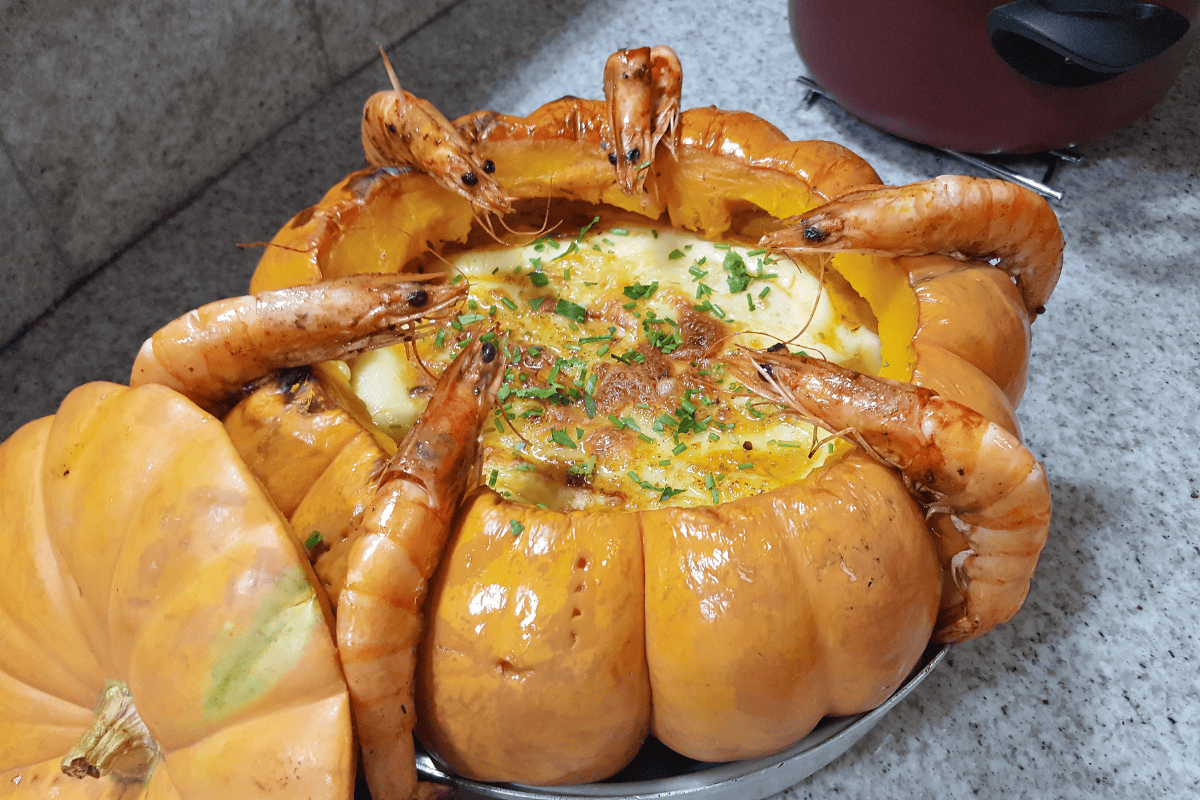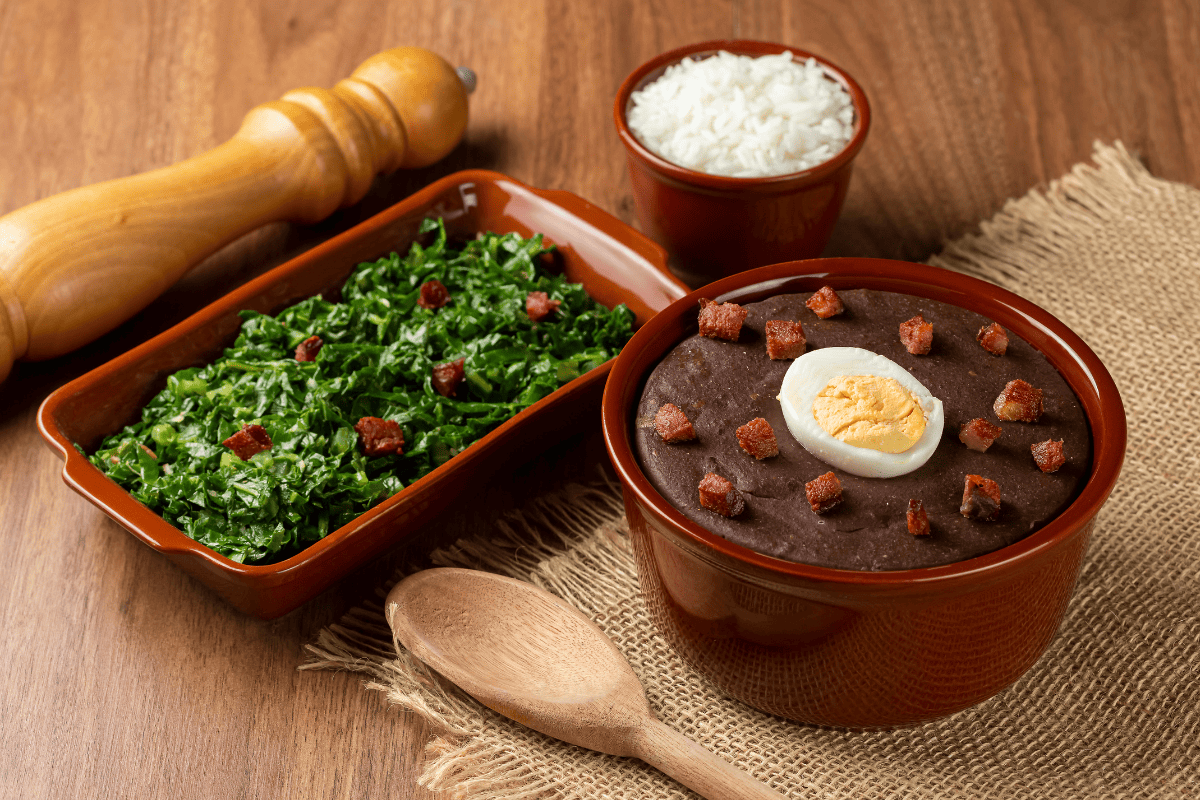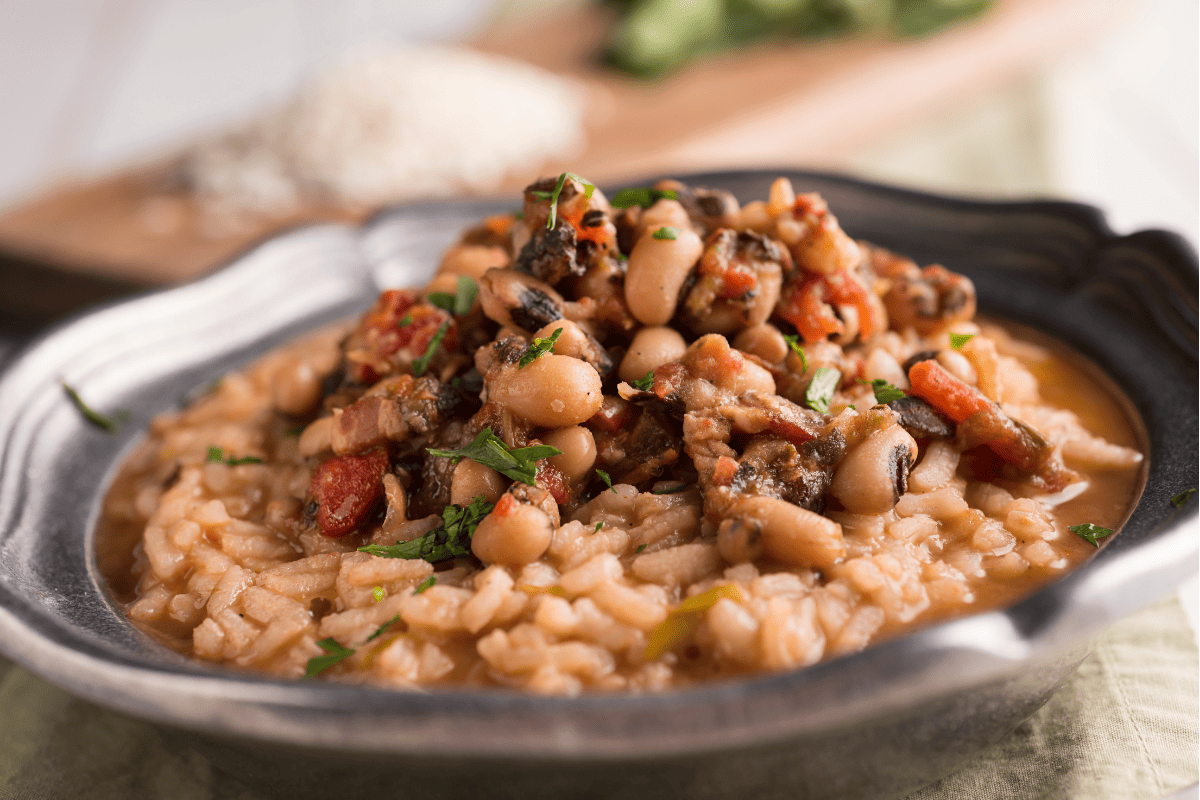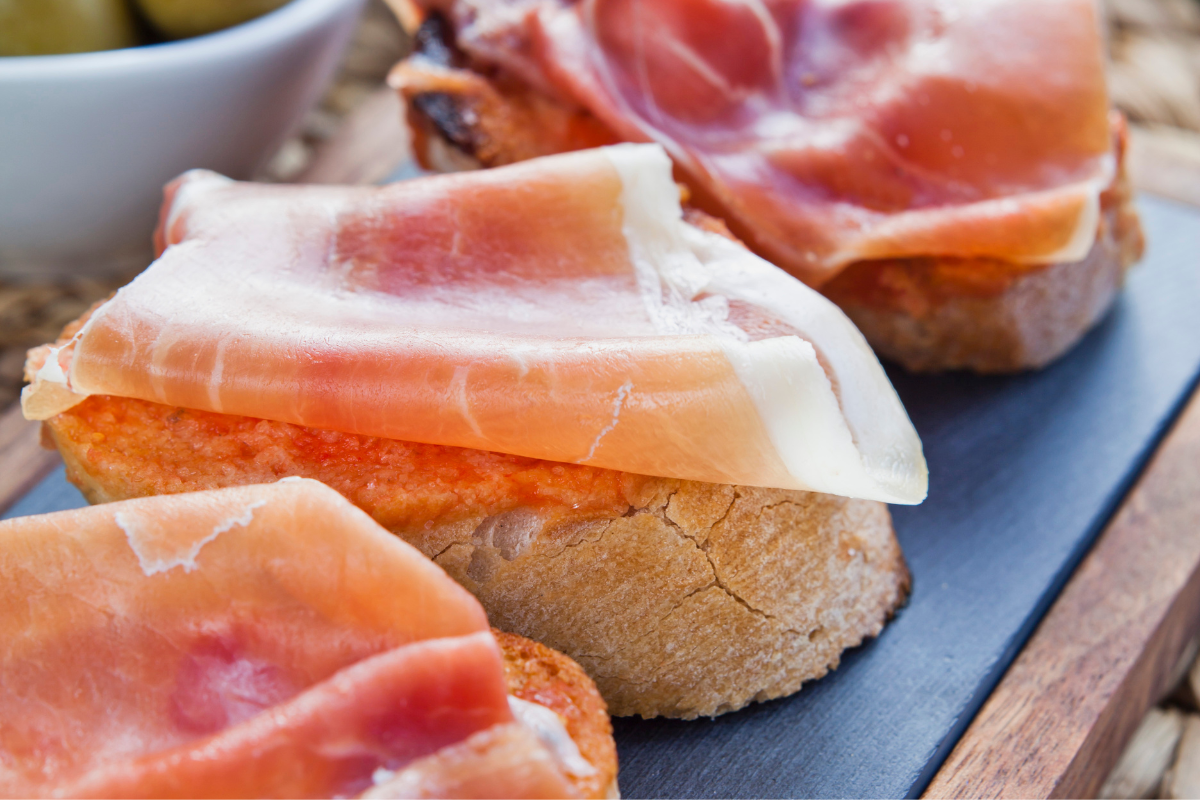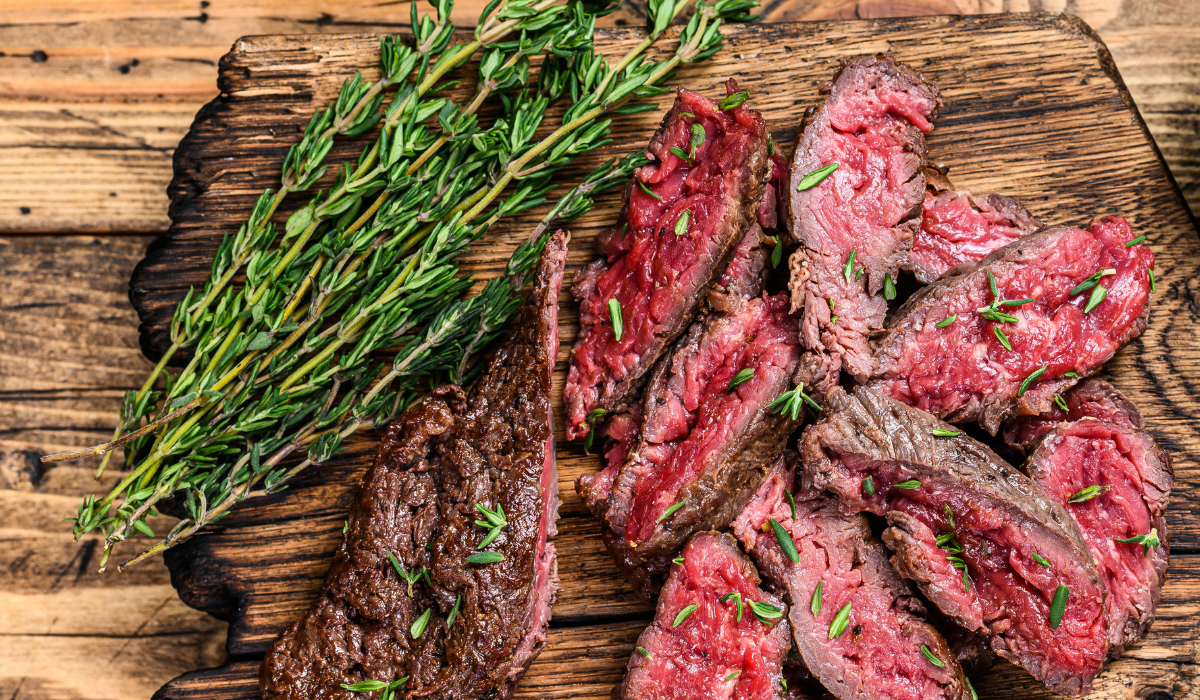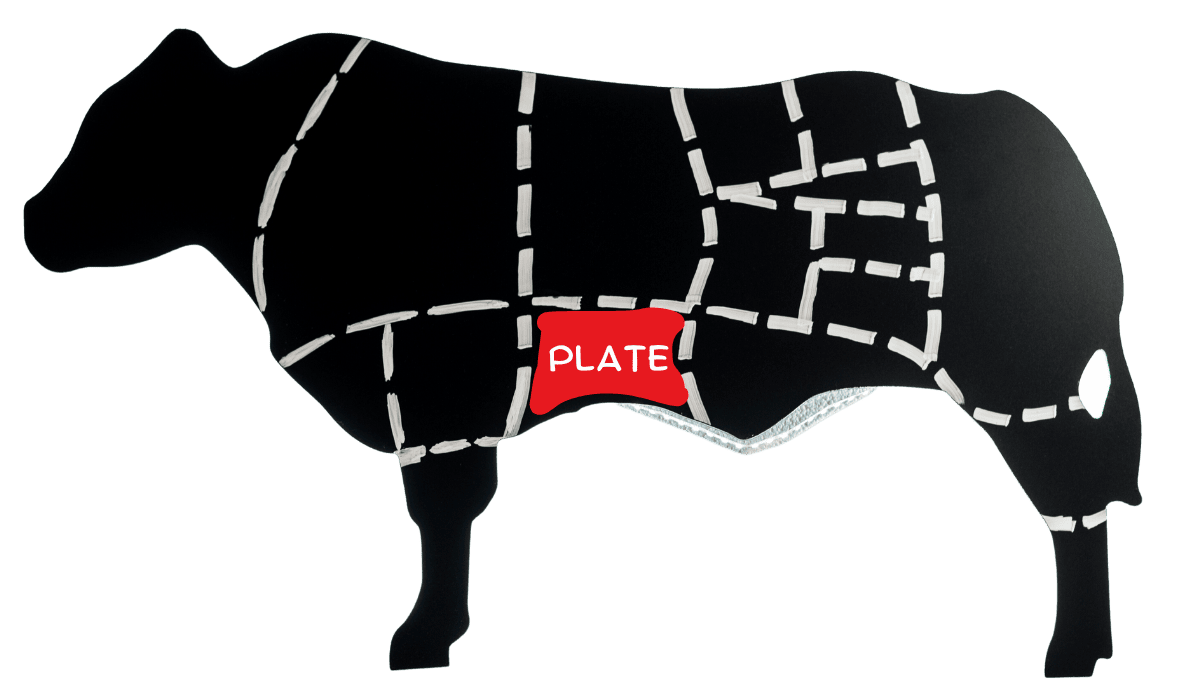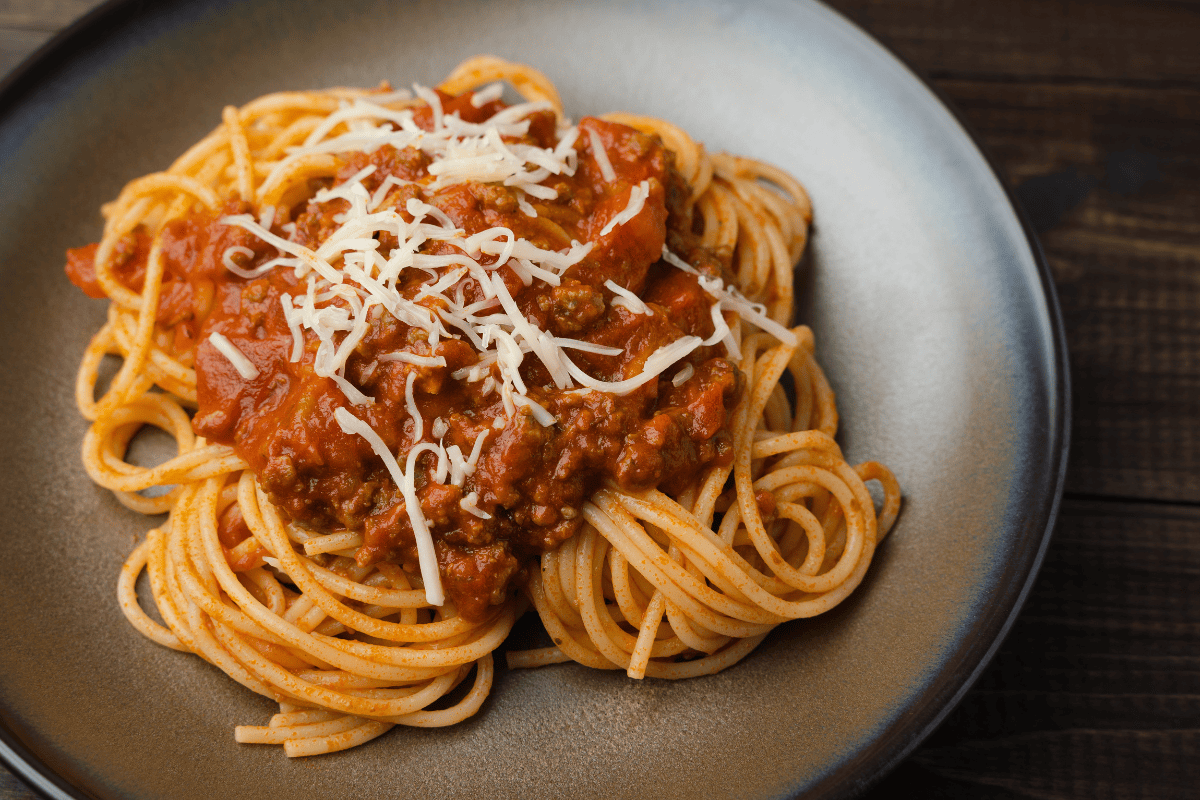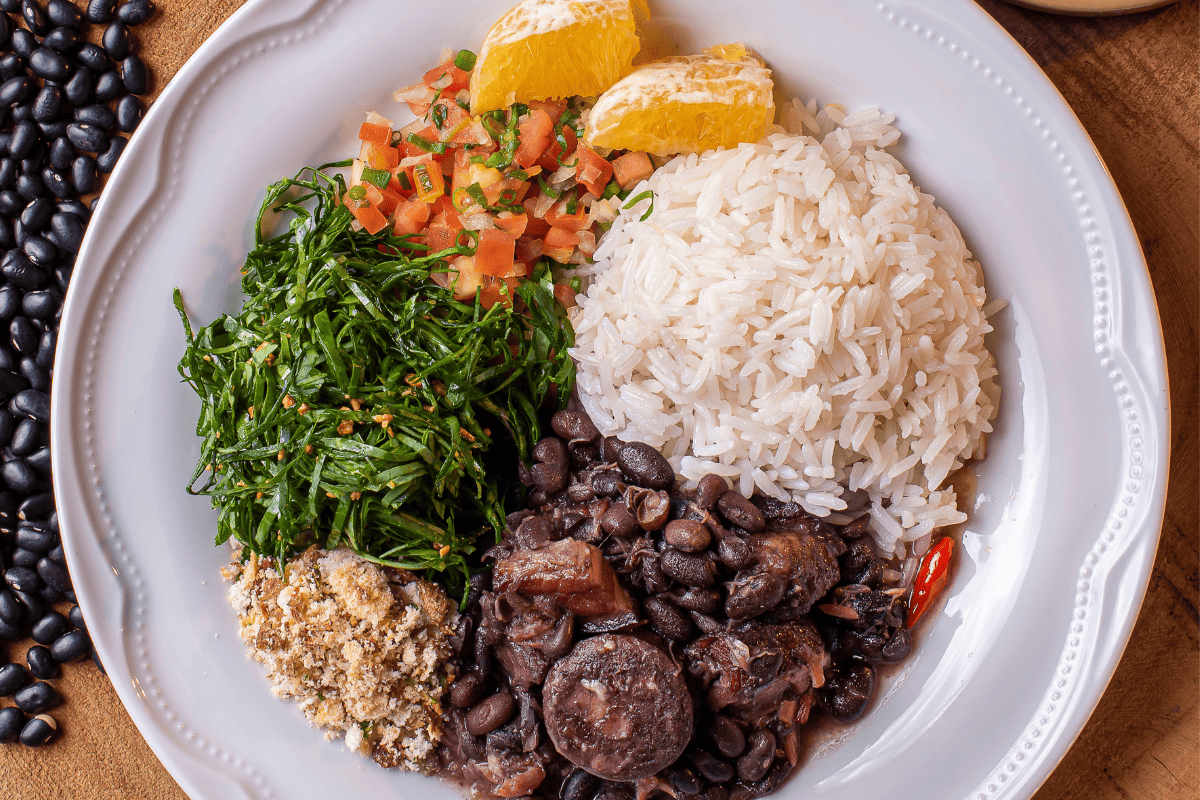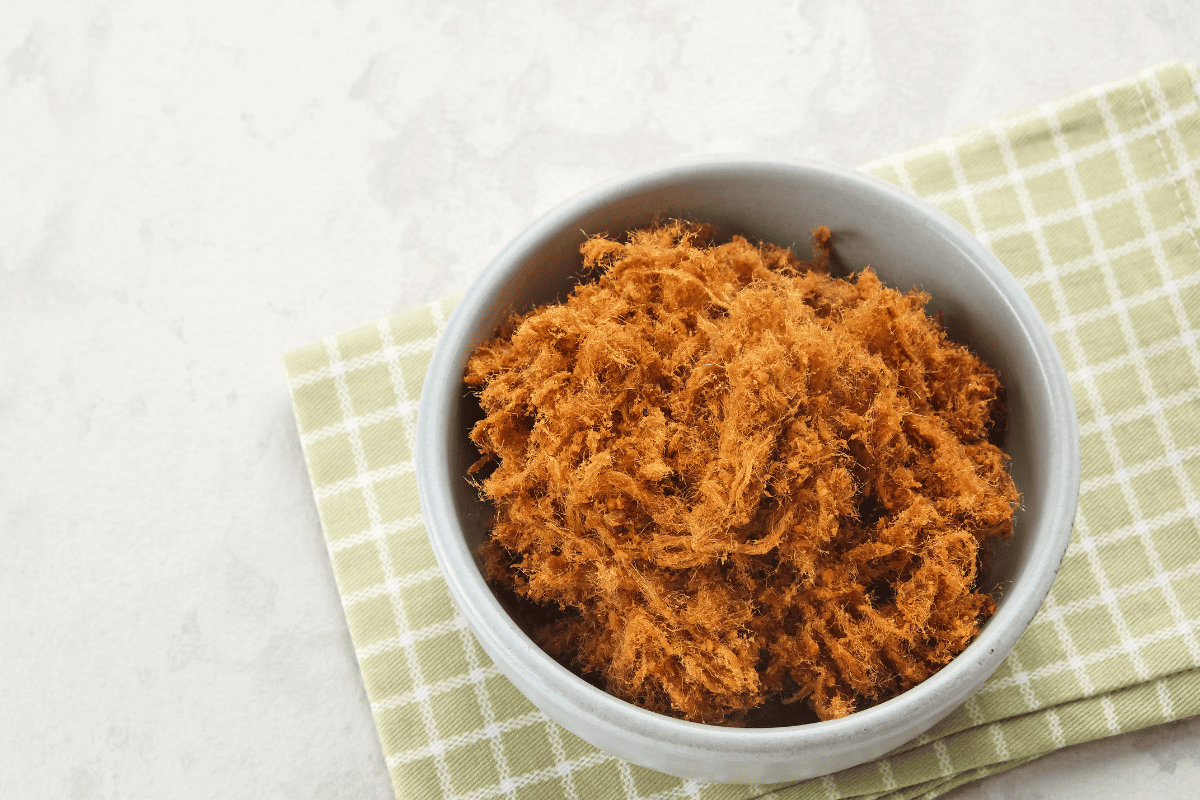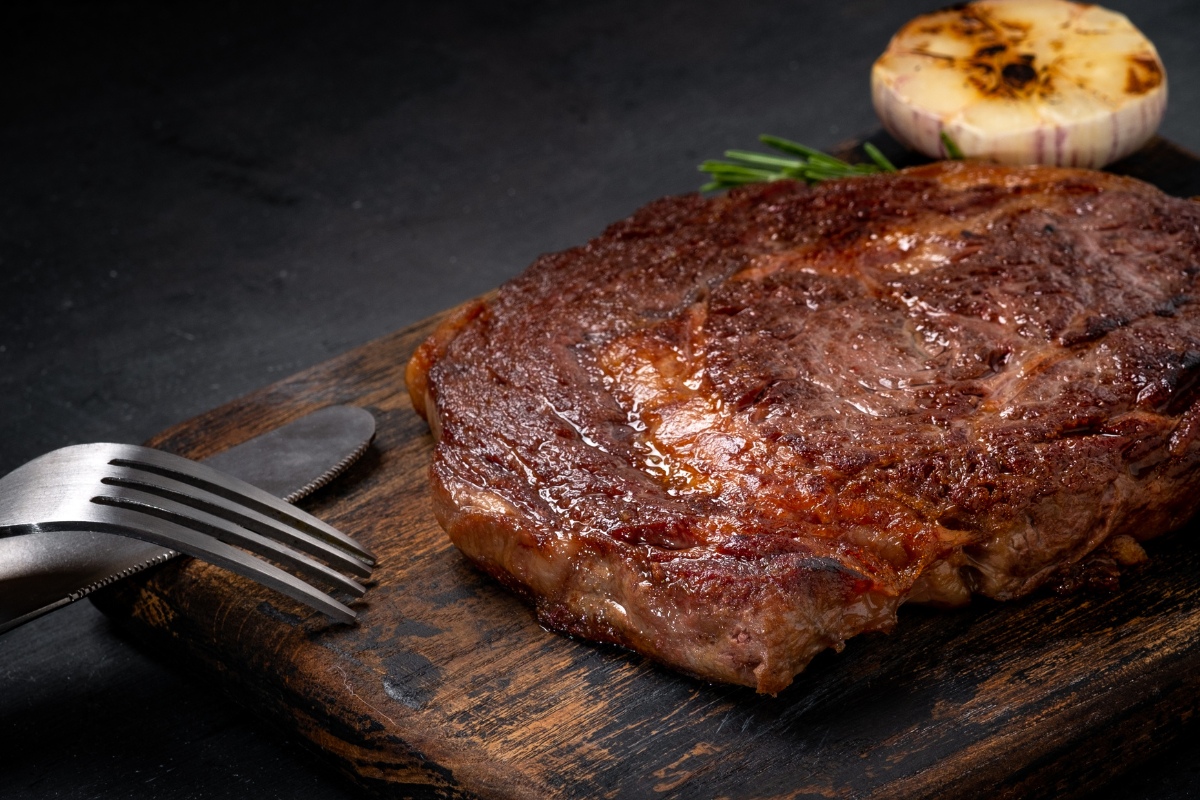
We can’t help it, we are in a cozy mood. It’s Fall, and that’s an excuse to start cooking stick-to-your-ribs meals, like creamy soups, hearty stews, and of course, roasts. There’s something so comforting about having a roast on: the smells permeating the house with the promise of something only time can achieve. Today’s recipe is for a twist on pernil de cerdo, a classic Puerto Rican pork shoulder roast that Braziliians have adopted, especially at Christmas time.
What is Pernil de Cerdo?
Pernil de cerdo translates to “roast of pork” from Spanish. However, most Puerto Ricans simply call it “pernil” since it almost always entails pork. It is most often a pork shoulder, but some recipes use pork butt or even pork leg.
The origins of pernil de cerdo are debatable, but it most likely became popular as a cheaper and more manageable version of lechon asado. This is a whole roast suckling pig cooked over an open fire-still a popular dish in Puerto Rico, but less accessible to home cooks working with an oven.
What Cut of Pork to Use for Pernil?
We prefer the shoulder for pernil de cerdo since it holds its shape better after a long cook. Pork butt will fall apart if you attempt to slice it after four hours. This is not necessarily a bad thing, but it is more suited to something like pulled pork or a cuban sandwich as opposed to a centerpiece-style roast. Likewise, you won’t want to use a pork loin, since it is too tender for low and slow cooking.
For traditional pernil, you need a pork shoulder with the bone in and skin on. The bone keeps the meat extra tender, and the skin is crisped up at the end for a crunchy, almost crackling like garnish.
What to Serve with Brazilian Pernil de Cerdo?
Puerto Ricans often serve their pernil with fried plantains and arroz con gandules, a rice dish made with pigeon peas. Brazilians prefer to eat it with rice and other classic sides, like feijoada with farofa.
You can serve your pernil with whatever you’d like. Roast potatoes, carrots, or turnips wouldn’t go amiss. Of course, pork almost always pairs well with apples. Try sauteeing some roughly chopped green apples with thinly sliced onions, salt, pepper, and a teaspoon of sugar for a sweet and savory companion to any pork dish. For another sweet companion, try grilled pineapple slices.
What Temperature to Cook Pernil?
Pork technically only needs to be cooked to an internal temperature of 145 degrees fahrenheit to be safe to eat. However, pernil de cerdo is cooked to much higher temperatures to achieve that buttery, tender texture. Your roast will be ready when it has reached around 200 degrees Fahrenheit.
Marinade Options for Roast Pork Shoulder
Traditional pernil de cerdo is marinated the day before roasting. Most marinades incorporate sofrito, which is simply a blend of aromatics like onions, garlic, carrots, and peppers sauteed slowly in olive oil. Brazilian sofrito is called “refogado,” and typically uses only onions and garlic.
Puerto Rican recipes also incorporate adobo, oregano, and some kind of citrus. Our recipe omits the adobo but does benefit from a good squeeze of lime and fresh thyme and rosemary in place of the oregano.
Pernil de Cerdo Recipe (Brazilian Style Puerto Rican Pork Shoulder)
Ingredients:
One 6 lb pork shoulder, bone in and skin on
2 tbsp refogado
1/4 cup of lime juice
½ cup extra virgin olive oil
1 oz fresh thyme, chopped
1 oz fresh rosemary, chopped
2 tsp kosher salt
Freshly ground black pepper
Directions:
- Score the pork, cutting through the skin and slightly into the meat.
- Rub the refogado into the scored pork, making sure to get under the skin.
- Whisk together the olive oil and lime juice in a bowl. Add in the salt, ground pepper, and fresh herbs.
- Pour the marinade over your pork roast in a shallow dish or in a gallon freezer bag. Place in the refrigerator and marinate overnight.
- Preheat the oven to 350 degrees Fahrenheit.
- Transfer your pork to a roasting pan, skin side down, along with any remaining marinade.
- Roast for 3.5 hours, or until the roast has achieved an internal temperature of 195 degrees Fahrenheit (usually about 30-35 minutes per pound).
- When the pork has come to the appropriate temperature, remove it from the oven and flip it so it is skin-side up.
- Preheat the broiler to 500 degrees fahrenheit, and return the pork to the oven. Broil until the skin is very crisp.
- When the skin is crisp, remove the roast and let it rest for a few minutes. Slice your pernil de cerdo tableside for a dramatic flair.
More Great Brazilian Recipes to Try:

